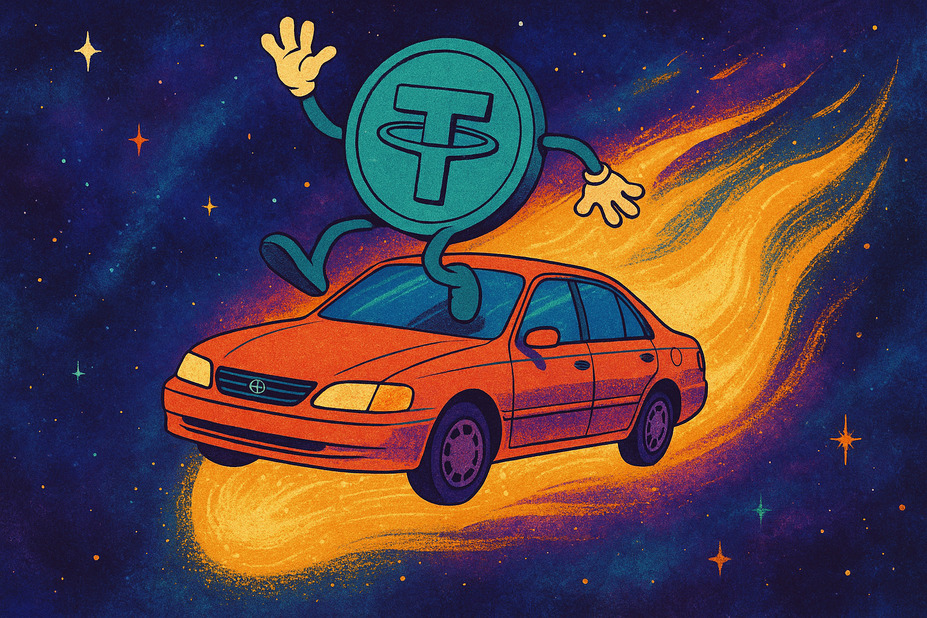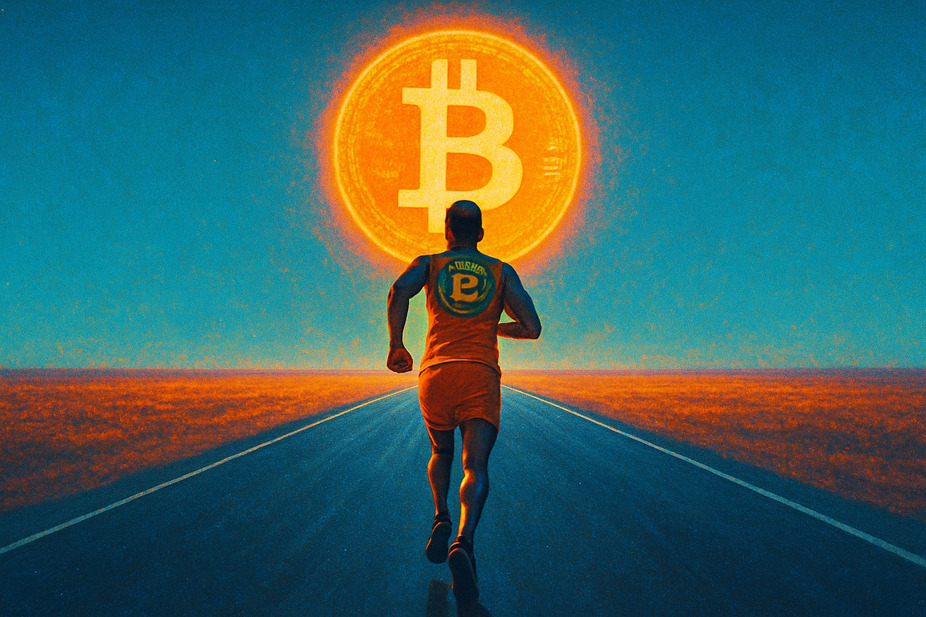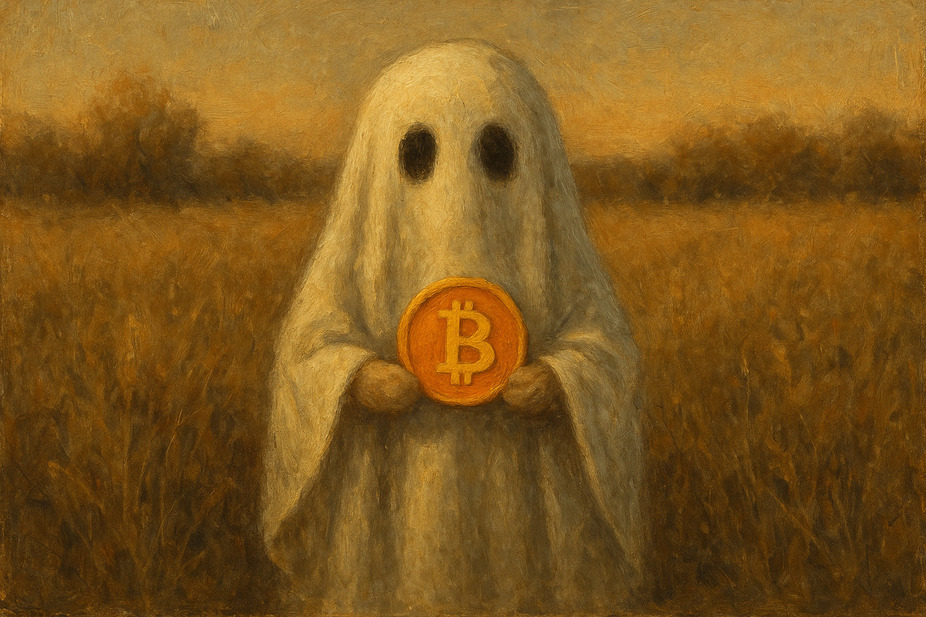Bolivia’s new currency frontier: automakers embrace Tether as dollar reserves dwindle

In a big change for the global cryptocurrency world, well-known car dealers in Bolivia, like Toyota, Yamaha, and BYD, have started accepting Tether (USDT) as a way to pay for cars. This move shows that more people in the country are starting to use stablecoins.
Tether CEO Paolo Ardoino shared images of dealerships advertising “easy, fast, and safe” USDT payment options. The plan, which was made possible by a partnership between Tether and BitGo, saw its first confirmed car purchase with USDT over the weekend. This shows that it is possible to use safe ways to store cryptocurrency for transactions like this. Bolivia is making a notable shift towards crypto, particularly since they just allowed cryptocurrencies again in June 2024. Before that, they hadn’t permitted Bitcoin or stablecoin transactions at all.
This increase in stablecoin usage is not happening in isolation; it is a direct response to Bolivia’s severe currency crisis, one of the most severe in Latin America. The nation’s foreign reserves have fallen dramatically from $12.7 billion in 2014 to just $171 million by August 2025, according to Trading Economics data. Although Bolivians still use the boliviano as their official currency, more and more people and businesses are using stablecoins to protect the value of their assets and make commercial activities easier. One example is the state-owned oil company, YPFB, which started accepting cryptocurrencies for fuel imports in March. This was to help deal with the lack of U.S. dollars.
Gabriel Campa, the head of digital assets at TowerBank, talks about a “stablecoin circular economy” that is starting to appear among Bolivian businesses. Importers are getting USDT in two ways: by buying it locally or from outside the country. They convert it to U.S. dollars and use that money to pay their suppliers. Some people are starting to use USDT to price goods directly. This growing trend is also seen in the huge increase in the amount of USDT available in Bolivia each day. According to Bitfinex, this has increased from around $20,000 to almost $1 million in less than a year.
The next president of Bolivia will have a big say in the country’s crypto policy. The presidential election is on 19th of October. The result of these elections will be very important. It will show if the country keeps allowing stablecoins and blockchain technology to be used, or if it chooses to control them more.












